Soundtracked Stories: Why Musical Comedy Keeps Winning UK Crowds
Musical comedy is having a moment. From fringe rooms to big theatres, songs are doing heavy lifting: quick set-ups, big payoffs, and hooks the audience hums on the way home. Here’s why it works so well right now, and what it tells us about the way we like to laugh.
In comedy, timing is everything, and songs are built on it. A good melody gives structure to a joke, the chorus brings the callback, and the room stays with you because rhythm keeps everyone in sync. Audiences also expect quick context these days. We search, we ask, we get answers. That’s why chat-style explainers feel so natural.
Fans are already used to conversational tools like spinio.ai, a chat that handles messy, rule-heavy questions in seconds (think: “what counts toward this bonus?” or “how risky is this option?”) with real-time trackers and simple calculators. That same “ask once, get a clear answer” rhythm mirrors what musical comics do: set the premise fast, signpost the reference, and land the punchline on the beat. The same instant “what does that reference mean?” energy that musical comics harness in the room.
The hook factor: why songs land faster than talk
A tune sets pace and tone in seconds. Where a spoken bit might need a minute of scene-setting, a verse can do it in two lines. The brain loves patterns; a chorus acts like a shared in-joke you can predict, so when the punchline hits on beat four, it hits harder. It’s not just clever writing, it’s basic music psychology working in the comic’s favour.
What this means on stage
- Speed: songs compress backstory; you reach the funny part sooner.
- Memory: refrains are callbacks you can’t forget.
- Participation: the room knows when to clap, sing, or shout the line.
A chorus is basically rehearsal for a punchline. By the third time, the audience is ready to land it with you.
From niche to mainstream: why now?
We share clips more than we share full sets. A 20-second verse-into-punchline snippet is perfect for feeds. That clip then sells the tour, which sells the bit, which sells the new song. Add in the post-lockdown appetite for communal fun, belting a chorus together scratches a social itch stand-up alone sometimes doesn’t, and you’ve got a format built for 2025. t’s the moment when music steals the show in comedy and theatre: the song frames the scene, the timing carries the joke, and the room leaves humming the punchline.
Crowd work, but make it musical
Musical comics have a neat trick: they can improvise in key. If someone shouts a place, a name, or a strange job, the comic can weave it into a bridge or final chorus. It feels bespoke because it is, your town just became the rhyme. That sense of co-writing lights up a room.
On a good night you’ll see:
- A clean verse structure where audience details become the rhyme scheme.
- Rhythmic “yes-and” that keeps improvised bits on beat.
- A final chorus that ties all the shout-outs together, instant group ownership.
The “instant explainer” habit (and why it helps the laughs)
Modern crowds don’t like sitting in confusion. If a reference whizzes past, the energy dips. Musical comedy solves that by signposting context inside the song. A quick pre-chorus can explain a niche TV theme, a regional food, or a hyper-local in-joke before the punchline lands. It mirrors how we use chat tools for quick context: ask, get answer, carry on. That’s why a conversational helper feels familiar; it keeps attention on the fun, not on catching up.
Craft that sticks: building songs that tour well
A touring musical comic needs material that works in Glasgow and Guildford. The craft tweaks:
- Universal scaffolding: love, work, nights out, big umbrellas that fit local tags.
- Slot-in specifics: verses hold the city’s details; the chorus stays evergreen.
- Tempo control: faster BPM for festival tents, mid-tempo for theatres.
- Clean intros: one clear premise in the first two lines. No mystery, just momentum.
This structure also plays nicely with short-form video. The “verse: premise” / “chorus: payoff” split lets you cut a clip that makes sense without the whole show.
Audience expectations are changing
People now expect helpful context on demand across everything they do: buying tickets, finding seats, checking running times, decoding references. That doesn’t ruin the magic; it removes friction. When an audience trusts they’ll “get it”, they relax. A relaxed room laughs louder.
It’s the same behaviour we see outside the arts. In the UK, online gambling participation in a typical four-week period was 38% (16% excluding lottery-only players) in 2024, a reminder that large audiences engage with complex, data-heavy leisure online and expect quick guidance and clear answers while they do it. That “guide me, quickly” habit spills back into live culture, too.
Writing for sing-along laughs: a simple blueprint
1) Premise in one breath
Open with the clearest line you’ve got. If it needs a paragraph of set-up, it’s not a first verse—save it for later.
2) Chorus equals thesis
Make the chorus the one sentence you want the crowd to remember. If they can chant it, they’ll share it.
3) Rhyme for recall
True rhymes feel cleaner in a packed room. Near rhymes are fine for speed, but land the big one on the biggest laugh.
4) Leave space for the room
Add a two-bar gap where you think they’ll clap or shout. If they don’t, you can fill it; if they do, you look like a genius.
Tech is changing the after-show, too
Clips go up the same night. Fans comment with references they missed; comics adjust lines before tomorrow’s show. That loop is new, and music helps because it’s modular. Swap a verse; keep the hook. Over a tour, the bit evolves in public.
What venues can do to back musical comedy
- Tidy soundchecks: voices over instruments; get the vocal warm and present.
- Lyric screens (when needed): not for cues, but for confidence monitors in bigger rooms.
- Shorter intros on the PA: let the artist hit bar one quickly; dead air kills momentum.
- Post-show capture spots: a quiet corner for a 20-second clip keeps the algorithm happy.
These are small moves, but they reflect how audiences consume comedy now: fast, musical, replayable.
Where this leaves stand-up as we know it
Musical comedy isn’t replacing pure stand-up; it’s sitting next to it. The best bills mix both. A sharp monologue builds tension; a song releases it. Together, they feel like a varied playlist instead of one long track. That’s good for audiences, and good for comics looking to tour longer.
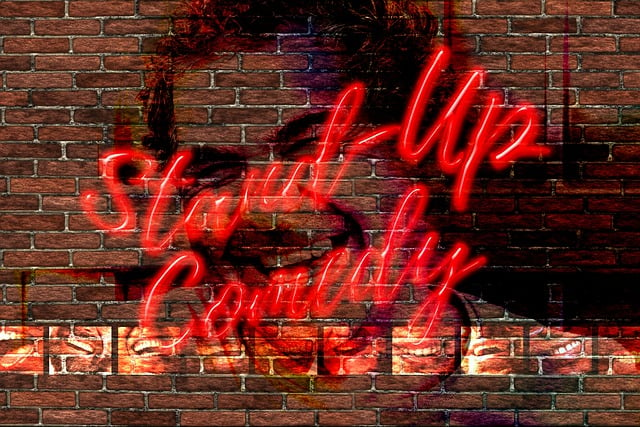


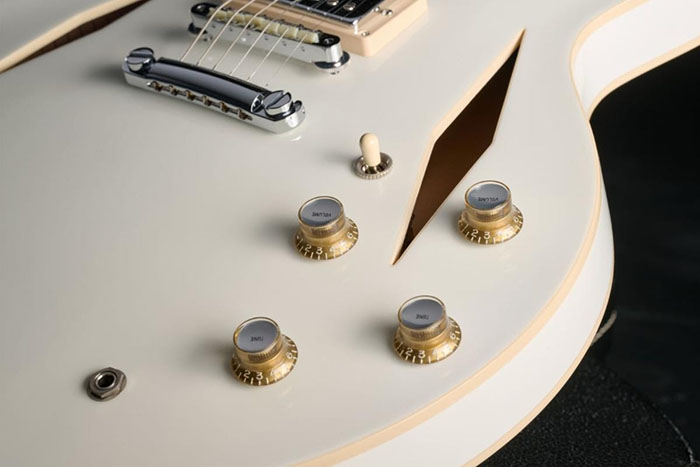

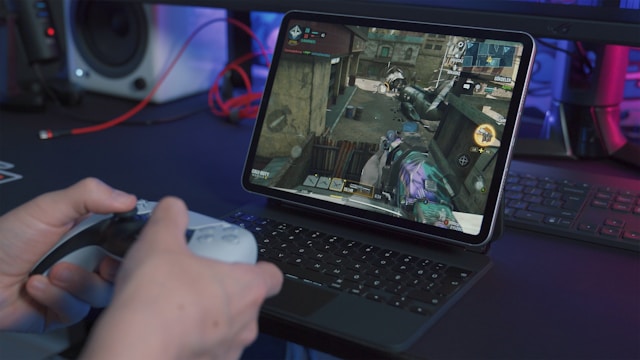
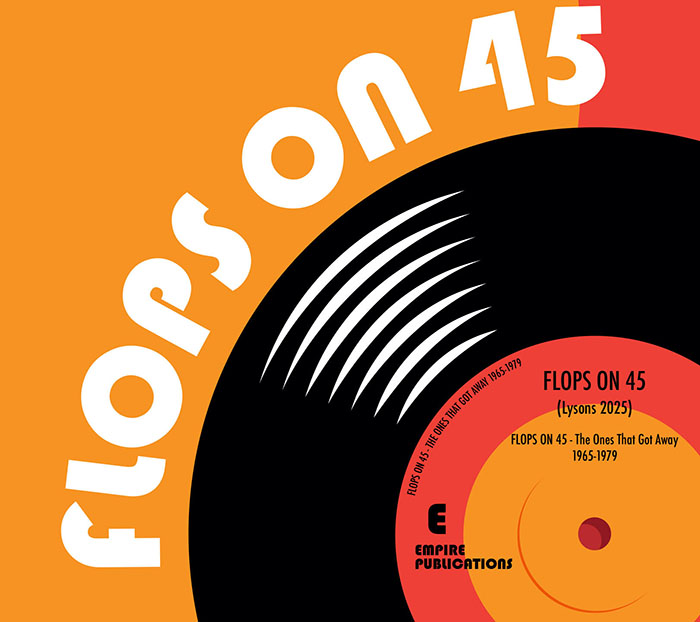
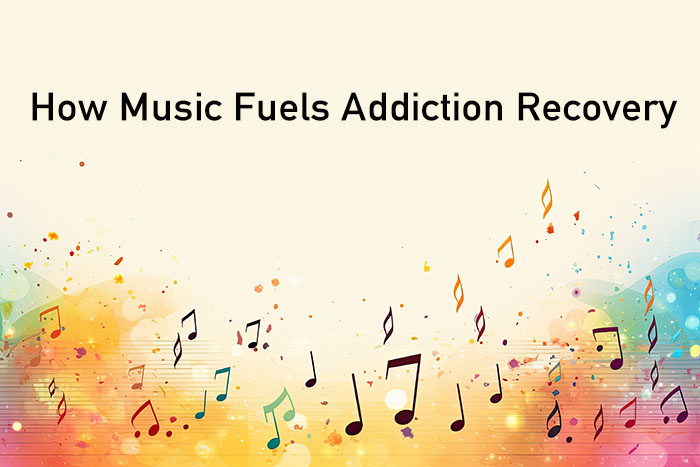
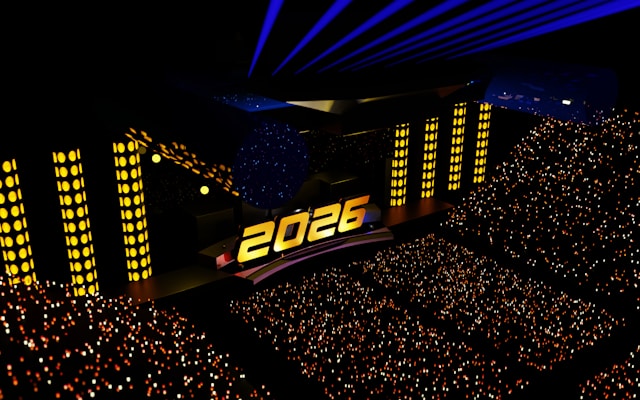
Comments are closed.